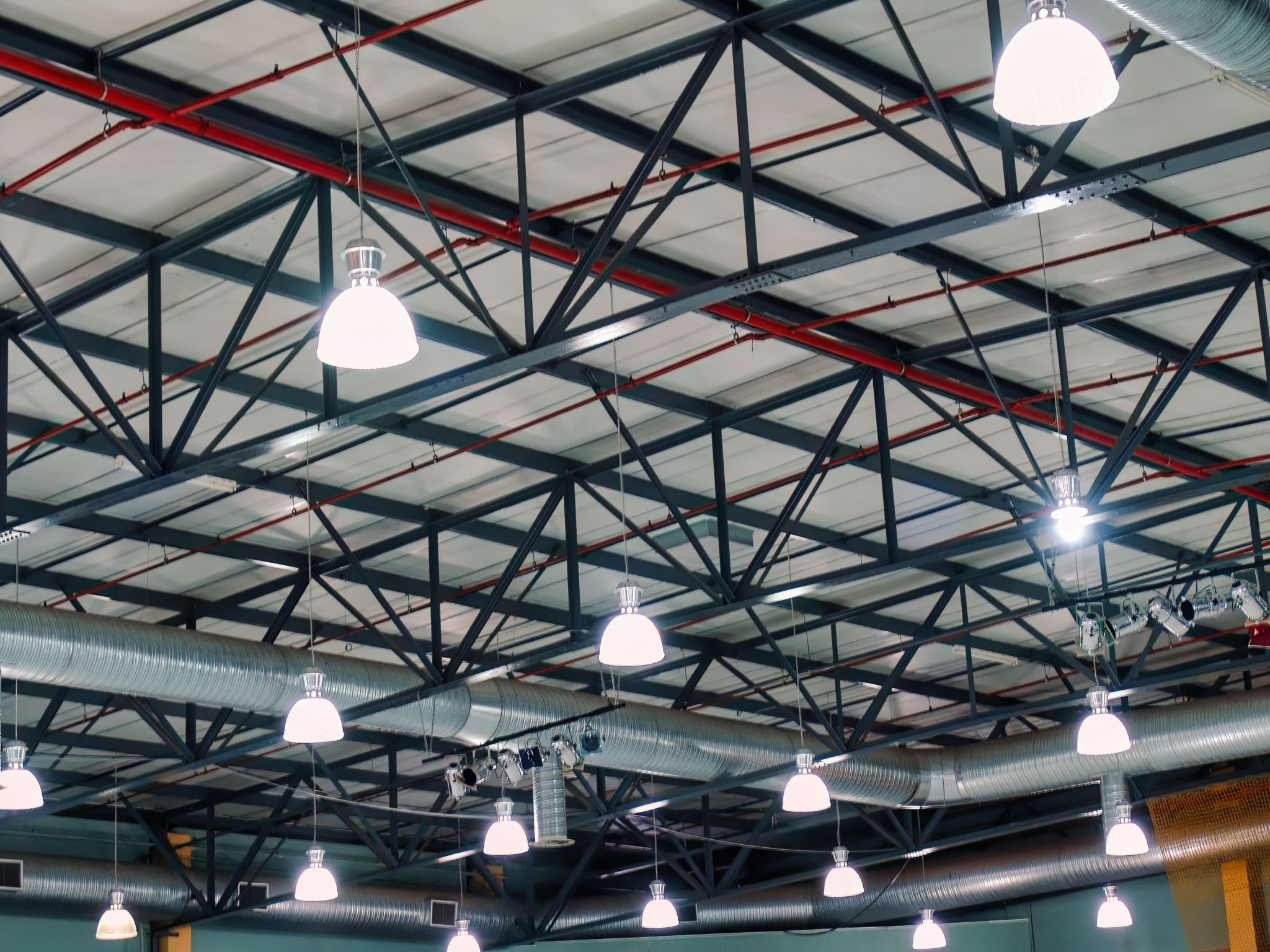The Ultimate FAQ Guide to LED Lighting for Commercial Projects
What is LED Lighting?
LED, or Light Emitting Diode, lighting has become a popular choice for commercial projects due to its energy efficiency and long lifespan. Unlike traditional incandescent bulbs, LEDs use a semiconductor to convert electricity into light, providing a more sustainable lighting solution. This technology reduces energy consumption and maintenance costs, making it an ideal option for businesses aiming to lower their carbon footprint.

Why Choose LED Lighting for Commercial Projects?
There are several compelling reasons to choose LED lighting for commercial projects. First, LEDs offer significant energy savings, using up to 75% less energy compared to conventional lighting solutions. Additionally, these lights have a longer lifespan, often exceeding 50,000 hours, reducing the need for frequent replacements. Furthermore, LEDs provide superior light quality with options for different color temperatures and brightness levels, ensuring optimal illumination for any commercial setting.
LED lighting is also known for its environmental benefits. Unlike fluorescent bulbs, LEDs do not contain mercury, making them safer for both the environment and human health. The reduction in energy consumption also contributes to fewer carbon emissions, aligning with sustainability goals for many businesses.
Common Applications of LED Lighting
LED lighting is extremely versatile and can be used in a variety of commercial settings. Some common applications include:
- Retail Spaces: Enhance product displays and create inviting atmospheres.
- Office Buildings: Improve worker productivity with consistent, glare-free lighting.
- Warehouses: Provide bright and efficient lighting for large areas.
- Outdoor Areas: Ensure safety and visibility in parking lots and walkways.

Considerations When Implementing LED Lighting
When planning to install LED lighting, there are several factors to consider to maximize its benefits. First, assess the specific lighting needs of your space to determine the appropriate wattage and lumens required. It's also crucial to evaluate the color temperature and CRI (Color Rendering Index) to ensure the lights create the desired ambiance and accurately display colors.
Additionally, consider the initial investment costs versus long-term savings. Although LEDs may have a higher upfront cost than traditional lighting options, their longer lifespan and energy efficiency often lead to significant savings over time. It's also beneficial to explore any available rebates or incentives for switching to energy-efficient lighting solutions.
FAQs about LED Lighting
Are LEDs Dimmable?
Yes, many LED lights are dimmable, but it's important to ensure compatibility between the LED bulb and dimmer switch. Not all LED products work with all dimmer switches, so checking the manufacturer's specifications is essential for smooth operation.

Do LEDs Work in Cold Temperatures?
LEDs perform exceptionally well in cold environments, making them an excellent choice for outdoor installations or refrigerated spaces. Unlike fluorescent lights, LEDs do not require warm-up time and provide instant illumination regardless of temperature.
How Do LED Lights Affect Energy Bills?
By switching to LED lighting, businesses can significantly reduce their energy bills. The lower wattage requirement of LEDs combined with their efficient energy use leads to lower electricity consumption. This can result in substantial cost savings, especially in large commercial premises where lighting constitutes a major portion of energy use.
As businesses continue to seek ways to improve efficiency and sustainability, understanding the benefits of LED lighting is crucial. By addressing these frequently asked questions, commercial project managers can make informed decisions that support both operational goals and environmental responsibility.